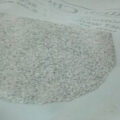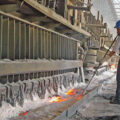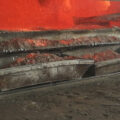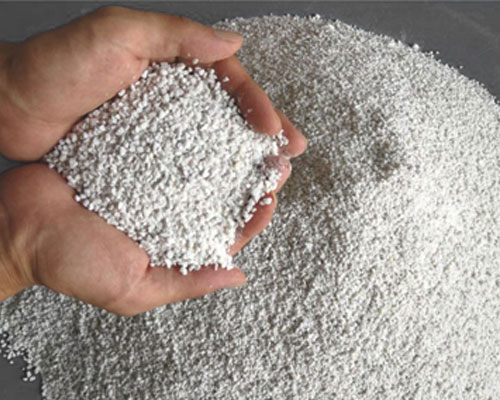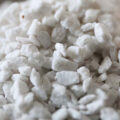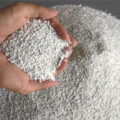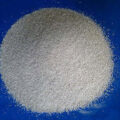Drossing Flux can adjust the refractory slag formed in the melting process, and make it agglomerate into a viscous slag layer suitable for plasticity. It is used in the melting process of some non-ferrous alloys, such as iron, cast steel, and aluminum.
Slag stripping is an important process operation in the smelting process, and it is also a heavy physical and high-temperature labor. High-efficiency deslagging flux has obvious slag collecting effect on ferrous alloy slag. Whether in the ladle, crucible furnace, reaction furnace, or electric furnace, when the original slag is added with high-efficiency slag remover, the slag will quickly gather into a slag layer which is easy to separate from the metal melt. Thus, it is convenient to clean the slag. Ensure that the liquid metal is sent to the next process cleanly.
After the slag is removed from the high-efficiency slag blocking ground, adding high-efficiency slag remover into the ladle or furnace can form a floating layer on the metal melt, which can stick the sporadic slag, thus eliminating the slag blocking of workers and improving the labor efficiency. According to the need, the whole duckweed can be formed or the strip-shaped floating dam can be formed at the ladle and furnace mouth for high-efficiency slag retaining.
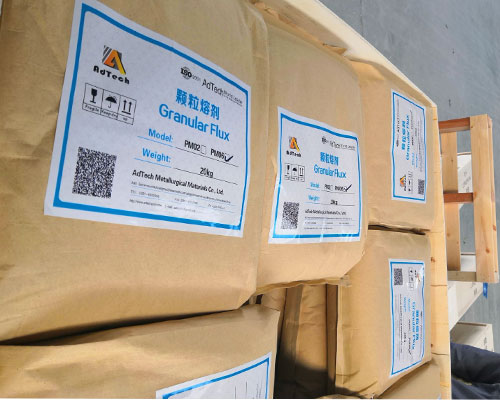
The floating layer formed on the surface of metal melt by high heat preservation and efficient slag removal agent. It has good heat preservation performance. It is a good heat preservation covering agent for tundish or molten metal which needs to be stored for a long time.
The high-efficiency drossing flux for aluminum has no pollution penetration to the molten metal and does not affect its chemical composition and mechanical properties of castings.
The high-efficiency Drossing Flux not only reduces the labor intensity of high-temperature operation of slag raking, but also helps to control flying dust pollution, purify operation environment and civilized production.


